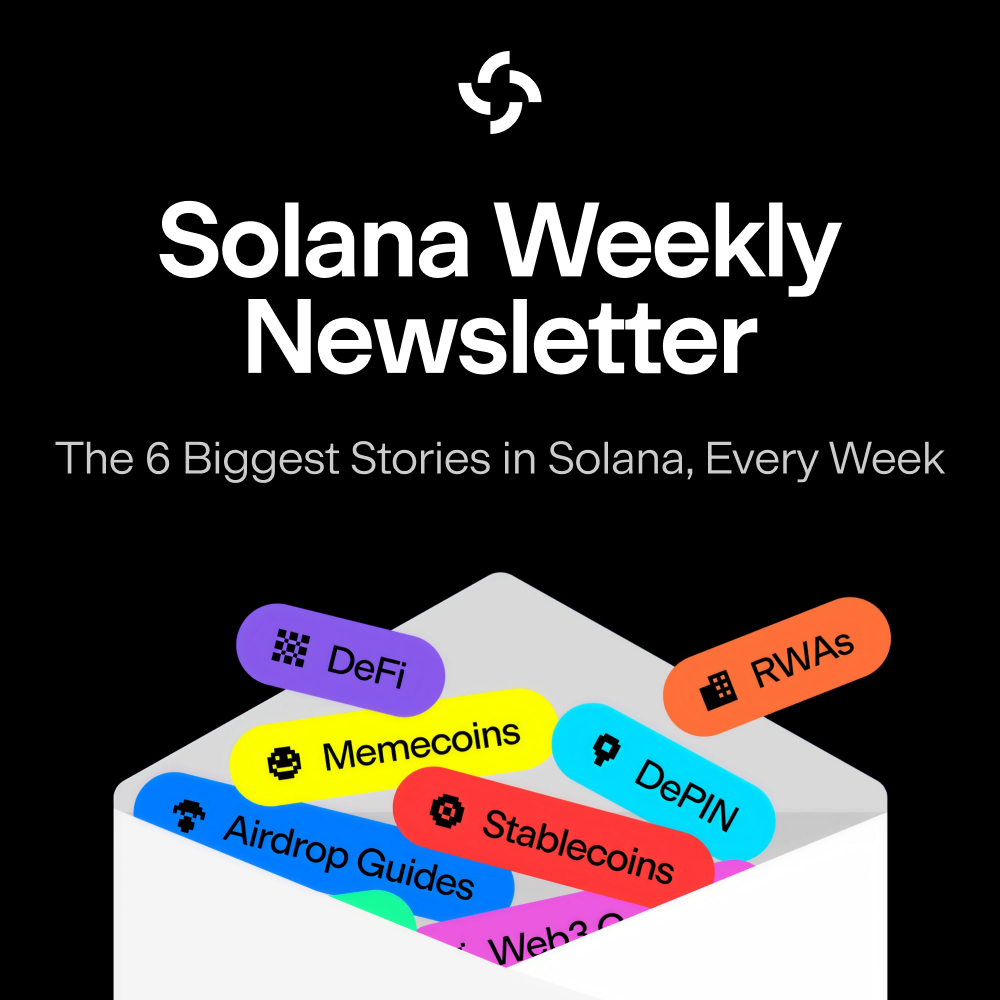
TradFi Outages During Trillion-Dollar Crash, Solana DeFi Handles Record Trading Volume and Liquidations
Despite major outages in traditional finance during a trillion-dollar crash, Solana DeFi maintains full functionality, showcasing the resilience and efficiency of decentralized finance systems.
- Published:
- Edited:
The recent market crash, wiping trillions of dollars from stock and crypto markets, has exposed the vulnerabilities of traditional financial (TradFi) systems. Major trading platforms such as Robinhood, Vanguard, Charles Schwab, and Fidelity experienced outages, halting trading and raising concerns about centralization and transparency.
However, decentralized finance DeFi protocols remained operational throughout the tumultuous period, highlighting their resilience and the advantages of decentralized money. DeFi operates 24/7 with transparent on-chain activity, mitigating trust issues and potential manipulation that can arise in centralized systems.
Solana DeFi: A Beacon of Stability
The Solana blockchain network demonstrated remarkable stability during the crash. Its uptime remained at 100%, and transaction fees remained consistently low at $0.0044, a stark contrast to Ethereum's mainnet fees that surged to $600, making it inaccessible for many users. Even Ethereum's Layer 2 chains, like Arbitrum, saw fee spikes up to $13.65.
According to Defillama, Solana DeFi protocols performed flawlessly, handling a record $3.72 billion in trading volume across decentralized exchanges (DEXs). Solana's perpetual DEX protocols also experienced an all-time high of $1.78 billion in volume.
Solana Lending and Borrowing Protocols Under Scrutiny
The crash provided a stress test for Solana's lending and borrowing protocols, which aim to challenge traditional banking with greater transparency in liquidations and interest rates.
Kamino Finance, the largest Solana DeFi protocol by total value locked (TVL), reported over 6,000 liquidations during the volatile market, totaling over $4 million in liquidated collateral, the largest since Kamino Lend launch. Kamino Lend reported generating $1.1 million in gross interest, with $550,000 contributing to protocol revenue.
While transactions and Oracle updates functioned smoothly, Kamino's withdrawal cap on $PYUSD raised eyebrows and drew criticism from Marginfi, another Solana DeFi lending protocol.
Marginfi emphasized its own no-withdrawal-limit policy, highlighting the importance of user access to funds during market turbulence.
Marginfi shared data exclusively with SolanaFloor, indicating 11,175 liquidations, totaling $8.15 million in liquidated value, with most liquidations occurring on JitoSOL.
Save (formerly Solend) reported $3.5 million in total liquidations, with the largest single liquidation being $350,000. They noted that 90% of liquidations were related to liquid staking tokens (LSTs) and stablecoin borrowing.
DeFi's Triumph: A Testament to Decentralization
The overall takeaway from the crash is that DeFi protocols not only survived but thrived under pressure. They handled record volumes, processed liquidations efficiently, and maintained full functionality, demonstrating the inherent advantages of decentralized finance over centralized counterparts.
The resilience of DeFi during extreme market conditions solidifies its position as a viable alternative to traditional finance, offering transparency, accessibility, and continuous operation. As the DeFi ecosystem continues to evolve and mature, it is poised to play an increasingly significant role in the global financial landscape.



